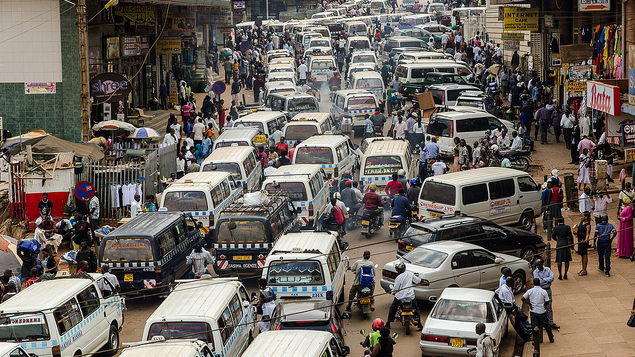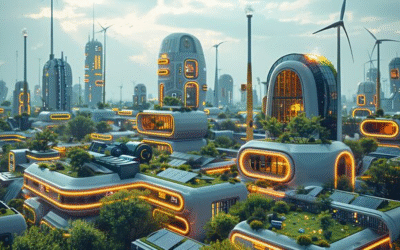Every city tells its story through movement.
The morning rhythm of public transport, the slow crawl of traffic, the patient footsteps of pedestrians — all reveal how a city values its people.
But somewhere along the way, most cities forgot that mobility is a human right, not just an engineering problem. Roads became rivers of steel, and pedestrians became obstacles instead of citizens.
The question now is simple but urgent: Who do we design our streets for — people or machines?
The Age of the Automobile
When cities first embraced cars, they saw freedom.
The automobile became a symbol of progress, aspiration and speed. But as more cars arrived, the freedom they promised began to vanish.
Traffic congestion, air pollution, noise and accidents became daily realities. What once seemed like liberation now feels like confinement with hours lost in gridlock and lungs filled with exhaust gases.
Mobility should connect people, not trap them.
A Walkable City Is a Livable City
The healthiest, happiest cities are designed for walking.
When people can safely and comfortably move on foot, everything changes: small businesses thrive, public safety improves and social life blooms.
Yet in many developing cities, walking is treated as a last resort — not a right. Sidewalks are broken, unlit or blocked by vendors and cars. Pedestrian crossings fade, bridges rust and footpaths vanish altogether.
To build equitable cities, we must first rebuild the dignity of walking.
The Promise of Public Transport
Public transport is the backbone of an inclusive city.
It’s the bridge between home and opportunity, connection between the suburbs and the city center.
But for too many, that bridge is broken. Crowded public transport, unpredictable routes and unsafe stops discourage use, pushing people back into private cars or motorcycles.
Investing in efficient, affordable and safe public transport is not charity but an economic justice.
Cycling: The Revolution on Two Wheels
The bicycle may be the most democratic vehicle ever invented.
It’s affordable, sustainable and perfect for short urban distances. Yet cyclists often ride in fear, squeezed between speeding cars and careless road design.
Creating dedicated cycling lanes isn’t about privilege but protection because a painted line can save a life.
Imagine a city where children can safely cycle to school, where office workers arrive without traffic stress, where delivery riders are respected road users. That’s not utopia but intentional design.
Technology and Smart Mobility
Digital innovation has transformed how cities move.
Apps now show real-time public transport arrivals, shared e-bikes line the streets and electric vehicles promise cleaner air.
But “smart” solutions mean little without human-centered planning. A digital bus tracker is useless if the bus itself never arrives. A charging station helps few if only the wealthy can afford electric cars.
Technology should amplify accessibility not inequality.
Designing Streets for Life
A city’s character is visible in its streets.
Do they invite connection or cause conflict? Are they safe for a child to cross, or only for a car to speed through?
Complete streets where lanes are shared by cars, cyclists and pedestrians are not just urban fantasies but proven realities from cities that dared to redesign.
Reflection
Mobility is more than movement — it’s freedom, equity and dignity.
A city that moves its people well moves its economy, its culture, and its collective spirit.
When we plan for cars, we get traffic.
When we plan for people, we get community.
The right to move is the right to belong — and the future of urban life depends on our courage to reclaim it.




